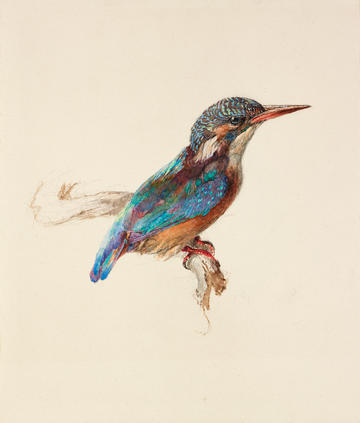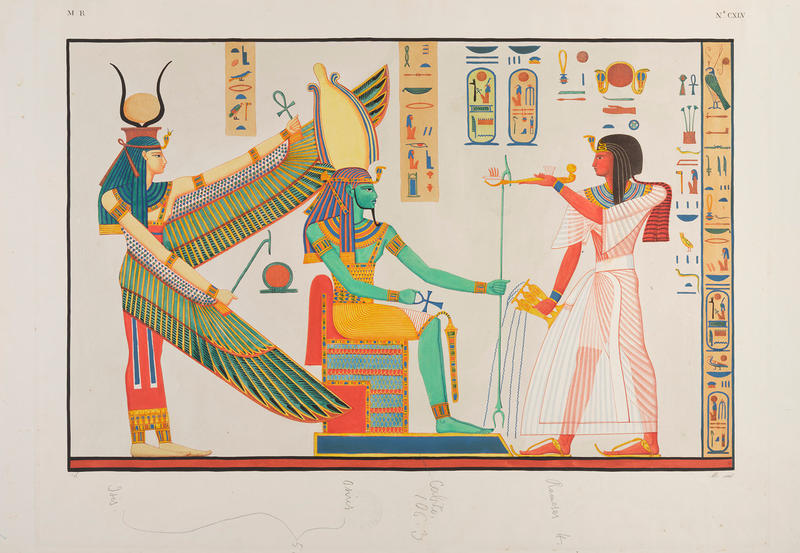RUSKIN'S PAINTING MATERIALS
About the research project
This project, funded by the Leverhulme Trust, aims to explore further the impact of the 19th-century Industrial Revolution on the artistic community. Notably, it focuses on the work and pedagogical approach of John Ruskin, the well-known Victorian artist and art critic. The project combines traditional archival research with the material analysis of a collection of watercolours that Ruskin assembled for teaching in the School of Art he opened in Oxford in 1871. The scientific examination of a substantial number of watercolours from the collection is being carried out using cutting-edge, non-invasive equipment recently acquired, thanks to significant support obtained from the Arts and Humanities Research Council Capability of Collections fund in 2021.
Research aims
From the 19th century onwards, the preparation of paint colours gradually shifted from production within artists’ studios to large-scale factories. In the pursuit for profit, industrially-produced pigments were frequently adulterated and substituted with cheaper materials, often resulting in inferior quality products.
Simultaneously, newly-developed industrial pigments – whose properties and ageing were still unknown – were commercialised every decade, expanding the market for artists’ materials. Commercial labels were often just approximate descriptions of the material sold; a given colour name did not necessarily refer to a specific pigment. Consequently, artists increasingly lost control over their materials and often purchased what they believed to be a quality product, unaware of its actual composition.

'Study of a Kingfisher', John Ruskin, watercolour, 1871 © Ashmolean Museum
Using a pioneering interdisciplinary methodology, this project is conducting the first-ever systematic characterisation of the colours used in the watercolours from John Ruskin’s teaching collection. The material investigation will be used as a starting point to explore a variety of crucial topics in 19th-century Europe, such as:
- the craze for newly-introduced synthetic colours
- the stability of industrial pigments and durability of the artworks produced
- early perspectives on preventive conservation
- the representation of colours from the past (eg Middle Ages, Ancient Egypt)
-

Engraving of a Painting of Ramesses III adoring Isis and Ptah-Sokar, from Ramesses’ Tomb at Biban el-Moluk, 1829-1832
Project funders
This project has received funding from the Leverhulme Trust under the scheme Research Project Grants (grant agreement No. RPG-2021-430)

Project start
This four-year project started on 1 April 2022
Project team
Tea Ghigo, Conservation Researcher
Kelly Domoney, Conservation Manager (Preventive, Science and Technical)
Daniel Bone, Head of Conservation
Alexandra Greathead, Conservation Manager (Works of Art on Paper)
Colin Harrison, Senior Curator of European Art
Matthew Winterbottom, Curator of Sculpture and Decorative Arts
Research connections
Chromotope project, Sorbonne Université
Mass Spectrometry Research Facility, University of Oxford
Prof. Andy Beeby, Department of Chemistry, University of Durham




